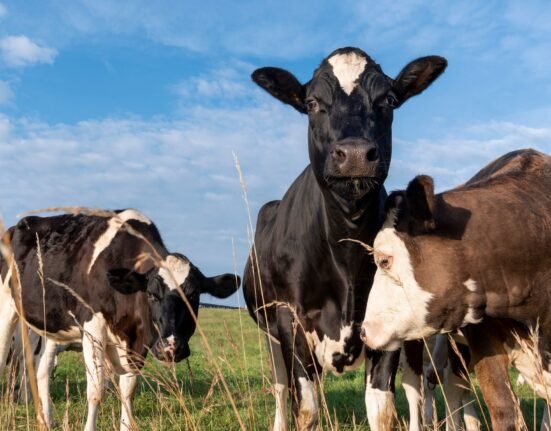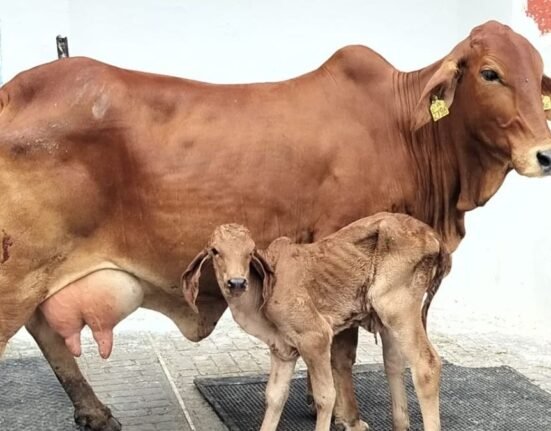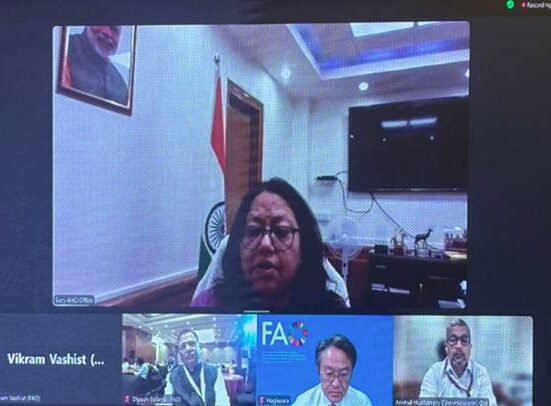Consumers in Karnataka are set to experience a fresh surge in milk prices as the Karnataka Milk Federation (KMF) has announced a Rs 5 per litre increase in the price of Nandini milk. The revised pricing structure will come into effect immediately after the state budget on March 7.
Under the new structure, the price of Nandini toned milk will rise to Rs 47 per litre, with milk packets now standardized to one litre, replacing the current 1,050 ml packaging. This is the second significant price hike by KMF in the past three years. In 2022, milk prices were increased by Rs 3 per litre, followed by another Rs 2 per packet hike in 2024, though the latter was justified by an increase in milk quantity per packet.
Past Milk Price Trends by KMF
KMF has periodically adjusted milk prices in response to rising procurement costs and farmer demands. Historically, milk price hikes have been moderate, with increases generally falling within the range of Rs 2-5 per litre every few years. The last major hike before 2022 was in 2019 when prices rose by Rs 2 per litre. Compared to other states, Karnataka’s milk prices have remained relatively competitive, with Nandini milk often priced lower than private brands and cooperative alternatives in neighbouring regions.
Impact of the Price Hike on Consumers
The increase in milk prices comes amid a broader trend of rising costs across essential commodities and services. The Coffee Brewers Association has announced a Rs 200 per kg hike in coffee powder prices, while public transport fares for BMTC buses and Namma Metro have also been revised upwards. Additionally, a water tariff hike is under consideration, and electricity supply companies (Escoms) have sought approval for an increase of 67 paise per unit.
For consumers, this means higher household expenses, particularly for those heavily reliant on dairy products. The hike could lead to a shift in consumption patterns, with some families reducing their milk intake or opting for alternative sources. However, KMF maintains that even with the increase, Nandini milk remains more affordable compared to several private brands and alternatives available online.
Milk Production and Demand Outlook
KMF Managing Director B. Shivaswamy highlighted that the price revision was necessary due to declining milk procurement. Currently, KMF is procuring around 79-81 lakh litres per day, down from the previous 85-99 lakh litres per day. This dip in supply has been attributed to multiple factors, including increased input costs for dairy farmers, changing weather patterns affecting fodder availability, and shifts in livestock management practices.
Despite this, overall milk demand remains steady, particularly in urban areas where consumption of dairy-based products continues to rise. The price hike is expected to benefit dairy farmers by ensuring better procurement prices, thereby encouraging sustained production levels. However, balancing farmer benefits with consumer affordability remains a challenge for KMF.
Subsidies and Their Role in Price Increases
One of the underlying factors contributing to milk price increases is the subsidies provided by the Karnataka government to dairy farmers. The government has been offering subsidies, including direct incentives to farmers, to encourage milk production and sustain rural livelihoods. While these subsidies benefit farmers, they also put financial pressure on KMF, which in turn needs to adjust milk prices to maintain its fiscal health.
Additionally, the government’s ongoing support through subsidies on cattle feed and procurement incentives has helped stabilize dairy farming, but it has also led to dependency on government aid. As the state government faces budgetary constraints, there is an increasing possibility that KMF has to manage higher production costs independently, leading to price hikes for consumers.
Farmers’ Protest at KMF Office
In response to the milk price hike and the overall economic strain on dairy farmers, the Farmers’ Association, led by its president Kodihalli Chandrashekar, staged a protest at the Karnataka Milk Federation office. The demonstration saw participation from farmers across Bengaluru, Chikkaballapur, Doddaballapur, and other regions, demanding higher milk procurement prices. Farmers argue that the increased retail price should directly benefit them, ensuring fair compensation for their produce.
The protest highlights ongoing tensions between dairy farmers and KMF, with farmers asserting that their input costs have risen significantly and that the cooperative must prioritize their welfare over operational expenses.
Government and Industry Response
KMF is currently in discussions with farmer unions, milk unions, and employee associations to finalize the cost-sharing model for the revised pricing. A KMF official noted that while the increase aims to support farmers, employee unions have raised concerns about financial liabilities, including the implementation of the 7th Pay Commission recommendations and pension obligations.
The final decision on the price hike will be made by Chief Minister Siddaramaiah and is expected to be officially announced in the state budget. Consumers will have to prepare for the upcoming financial strain, while dairy farmers hope for sustained growth in production and fairer pricing.
As Karnataka navigates these economic changes, the focus remains on ensuring stability in milk supply while addressing the concerns of both producers and consumers.







